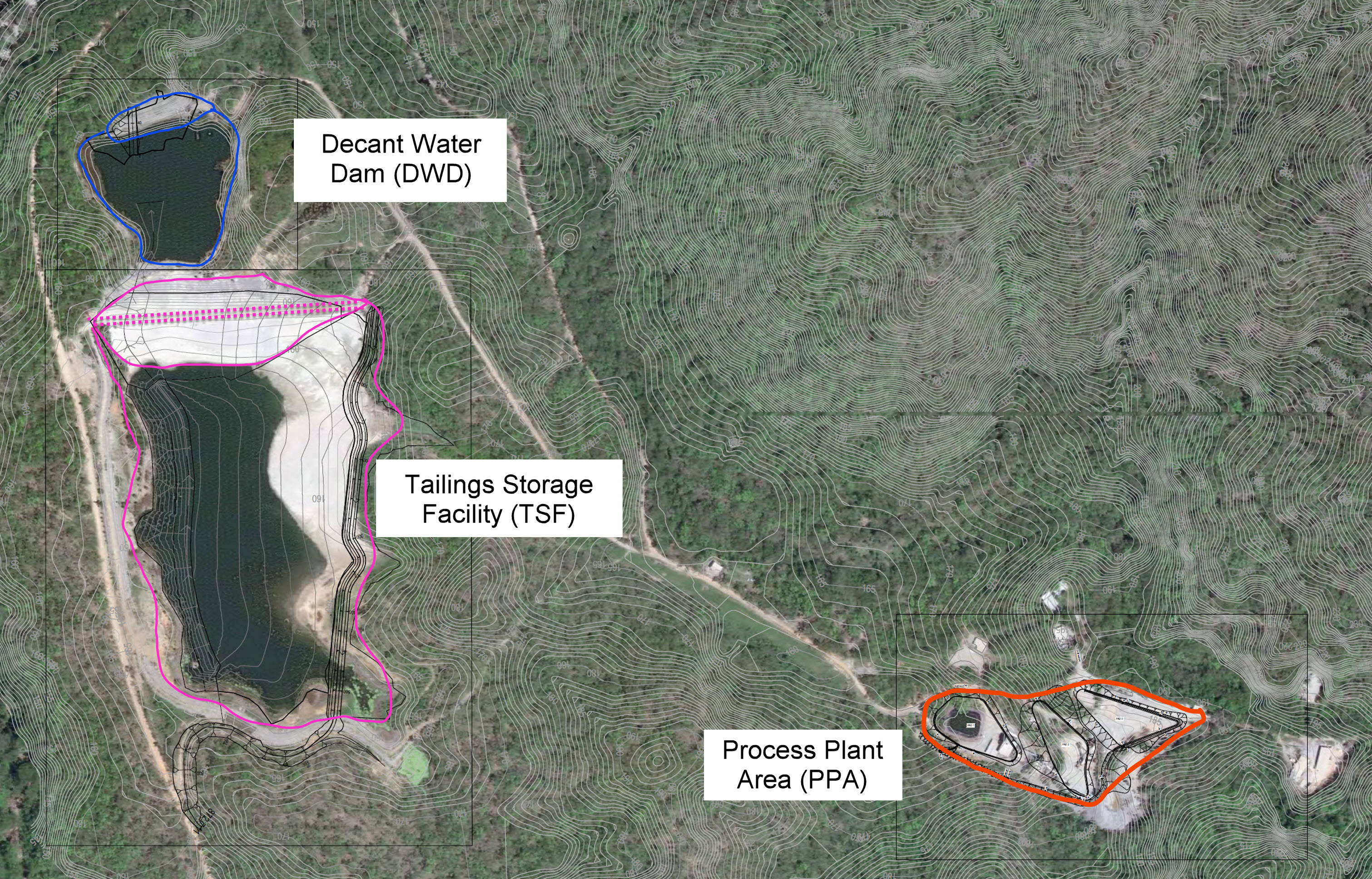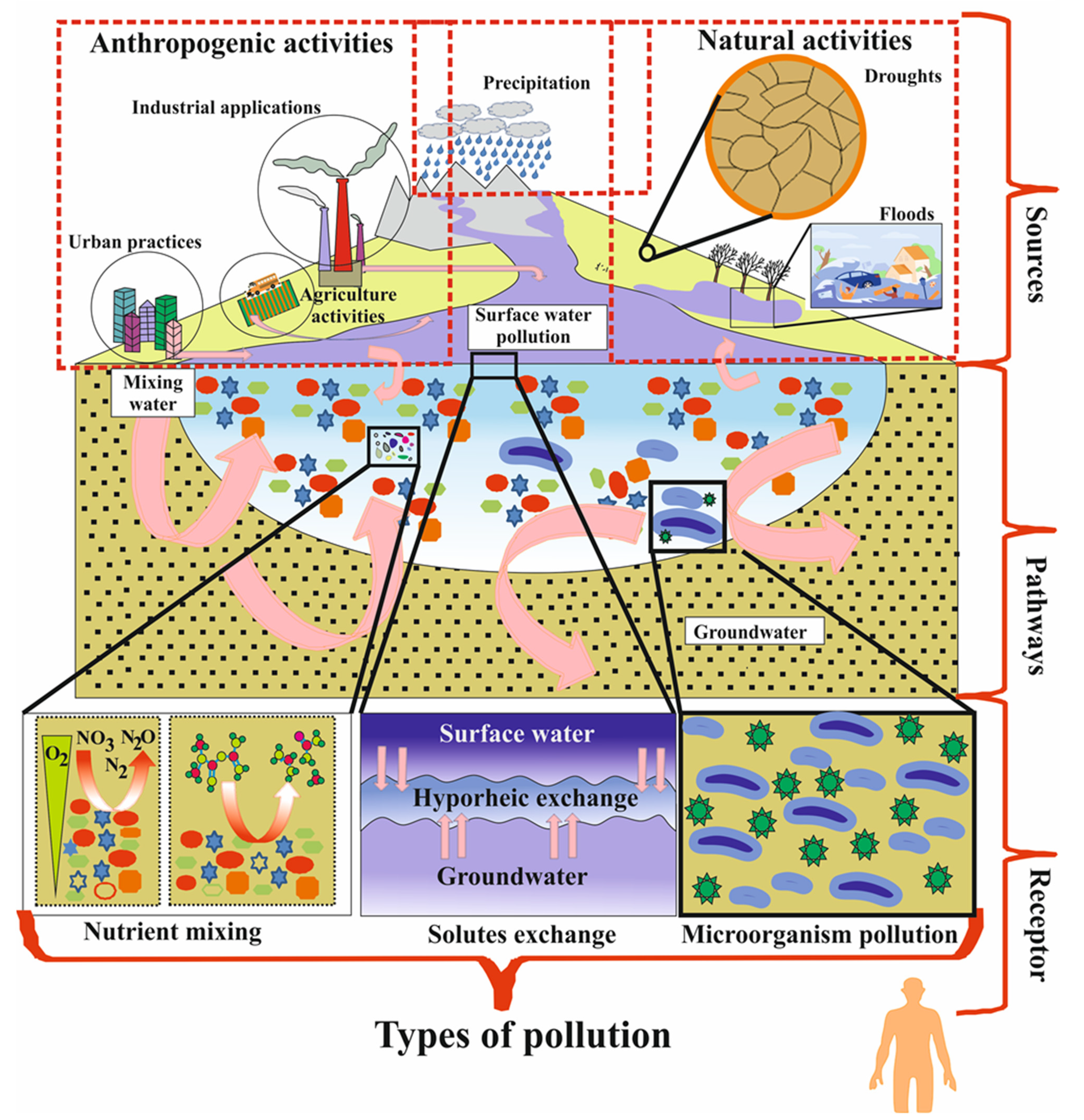The following table provides a summary of the 5 categories used in the screening tool. These chemicals can be highly toxic to humans and wildlife.

2 Radar Image Of The Kinta Valley Malaysia Tin Mining Scars Show As Download Scientific Diagram
Uranium is considered chemotoxic radiotoxic and carcinogenic Reimann and Caritat 1998.

Groundwater contamination potential at tin mining area. Sources of the heavy metals in waters can either be natural geogenic or anthropogenic 1-3. In most mining areas surface water and groundwater are usually contaminated andor polluted by heavy metals. To begin to address pollution prevention or reme-diation we must understand how surface waters and ground waters interrelate.
Mining and groundwater constraints categories. Test treat remediate contaminated groundwater using naturally occurring microbes. The WA Department of Water and Environmental Regulation has told the mining giant to submit an interim site management plan this month and a remediation management plan by July to deal with the presence of contaminants in soils and groundwater at the Mt Whaleback site.
Additionally like most traditional forms of mining underground mining can release toxic compounds into the air and water. Mine tailings can lead to contamination of an area in many ways but one of the most common is through a process known as acid mine drainage which refers to the acidic water that is created from a mining site. As documented in a 2014 report to the Office of the Chief Scientist and Engineer in addition to having high salinity the water produced from the coal seams in the Narrabri region also contains significant level of heavy metals boron and fluoride which could make the produced water an environmental and human health hazard and a major potential source of groundwater and surface water contamination in the area.
The Collingwood Tin mine was commissioned in late 2005 and the first commercial shipment of concentrates was produced in early 2006. It involves large-scale movements of waste rock and vegetation similar to open pit mining. Ad Expert analysis predictions and recommendations for contaminated groundwater treatment.
Considered region is subjected to a serious risk of groundwater contamination. Collingwood Tin remediation project. Necessary to consider the potential future spatial pattern of mine water and groundwater levels and the potential pollution impacts.
When ground water becomes contaminated it is difficult and expensive to clean up. Since then we have managed the former mine in a care and maintenance mode. Contamination can be present due to the former use of products such as lead paint or asbestos.
The heavy metal contamination of surface water and ground water by mining activities in Gejiu tin-polymetallic mining area South-west China was studied. The risk of spreading toxic groundwater from one of Queenslands worst environmental contaminations prompts a ban on coal seam gas drilling in an. Many sources of pollution landfills tailings dams in this area as well as fluid wastes injection into the ground have led to significant contamination of groundwater in the shallow Quaternary aquifer.
Other sources of contamination in the area may include natural sources such as the weathering of parent materials as well as anthropogenic sources such as industries motor vehicles fossil fuel combustion agricultural. The old tin mine areas have high vulnerability but the release potential of As is low because As is mostly in oxidable and residual fractions. Heavy metal contamination due to mining activity is a global major concern because of its potential health risks to local inhabitants.
Some regions such as the Goldfields have widespread soil contamination. The large network of mining beneath the North East has also resulted in some areas where mine water is close to surface being controlled by either surface discharges or being actively controlled. A possible explanation could be that mine tailings and the mining activities in the Welkom and Virginia area may not be the only source of contamination to the groundwater in the area.
Heavy metal contamination due to mining activity is a global major concern because of its potential health risks to local inhabitants. In the present pH-Eh condition Sr is very mobile but with SrSO 4 as the limiting phase and the low concentration mean 2340 Sr μgL the groundwater does not face any potential contamination risk with respect to Sr in the area. This kind of pollution occurs when chemical agents such as cyanide or sulphuric acid used by mining companies to separate the target mineral from the ore spill leak or leach from the mine site into nearby water bodies.
Test treat remediate contaminated groundwater using naturally occurring microbes. The potential to pollute ground water. Underground mining has the potential for tunnel collapses and land subsidence Betournay 2011.
Risk of As from contaminated soil to shallow groundwater depends on the vulnerability and potential for As in contaminated soils. Due to long-term multiple uses contaminants such as PFAS pesticides and nitrates can also be found in low concentrations across Victoria. The mine closed in May 2008 and liquidators disclaimed the mining leases in June 2015.
Ad Expert analysis predictions and recommendations for contaminated groundwater treatment. Mining and smelting plants are the main anthropogenic sources of heavy metal contaminations in any mining area. Pollution due to mining activity lasts for a very long time and a long defunct mine can still have negative implications for soilwater qualityor the health of plants animals and.
The heavy metal contamination of surface water and ground. For each case the definition is followed by the implication. This is due to former mining activities.

Water Free Full Text Various Natural And Anthropogenic Factors Responsible For Water Quality Degradation A Review Html

Building Over Former Mines A New Guide For The Uk
Tidak ada komentar